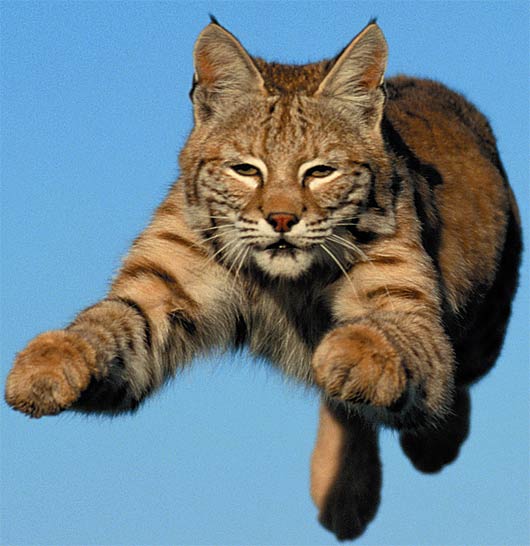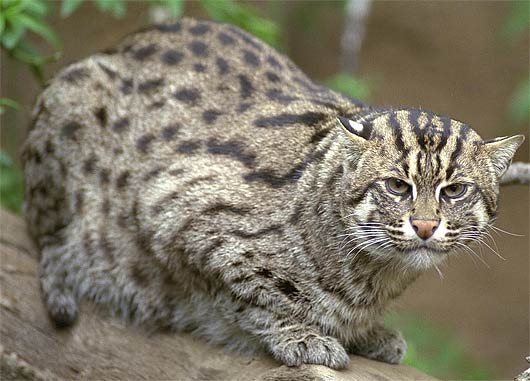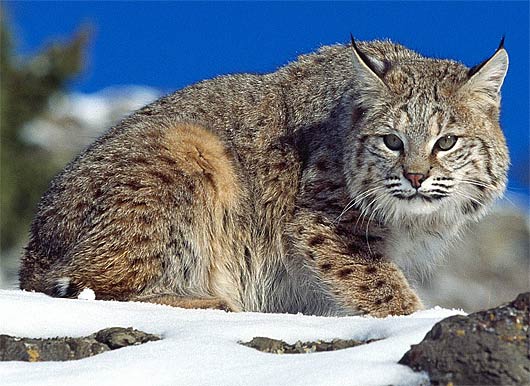Bobcat – North American Wildcat

The bobcat is a member of the Felidae cat family in the Lynx group. There are 12 subspecies, all living between southern Canada, across the whole of the USA and down as far as northern parts of Mexico. The Bobcat can be found living in woodland, semi-desert, swampland, rural and on the edge of built-up areas.
Typically, bobcats are about twice as large as house cats (smaller than the other lynxes.) Bobcat coats are gray or brown, with black bars on their forelegs. There are black streaks on their body and spots, which act as camouflage. They have short tails with black tips – this is where their name comes from. They are predators and they hunt insects, birds, small rodents and deer; rabbits and hares are their preferred prey.
Adapting to Changing Environments
Bobcat populations have not been adversely affected by the impact of farming, urbanization and hunting. Their numbers rise and fall, depending on the availability of suitable prey. They are solitary animals, with well-defined territories. On average, the population density of bobcats, is one per five square miles. Bobcats mark their territories with urine, feces and claw marks.

They prefer living in woodland areas, but can adapt to living in any environment that is not completely urbanized or turned into farmland. They are often found wandering onto residential properties, where the houses border forests or wilderness areas.
Hunting
They are resilient to changing conditions, due to their ability to go for long periods without food. When there is a lot of food available, they will eat ravenously. Most of the time, bobcats hunt their prey by patiently hiding from sight, then pouncing. For larger prey, they will leave their hiding place and stalk the animal, before attacking.

If there are not enough rabbits or hares, the bobcat will prey on larger animal, such as birds, domestic cats, small dogs and even foxes. Livestock, such as cattle and horses are not usually preyed on by bobcats. Sheep, goats and poultry are sometimes killed by bobcats, but they also eat the leftovers from the kills of other, larger predators.
Reproduction
Dominant male bobcats will travel with chosen females during the mating season – between February and March. Once a female has mated with the dominant male, she may still mate with other males. Gestation takes just over two months, and between one and six kittens are born.
There is a fairly high mortality rate for bobcat kittens: they can be preyed on by cougars, eagles, owls, foxes and sometimes by adult male bobcats. Females raise the kittens alone. Weaning takes about two months and the kittens start traveling with their mothers within three to five months.
Most young bobcats die after leaving their mothers, just when they start learning to hunt by themselves.
